Newsletter
Subscribe to discover exhibitions, events, and more

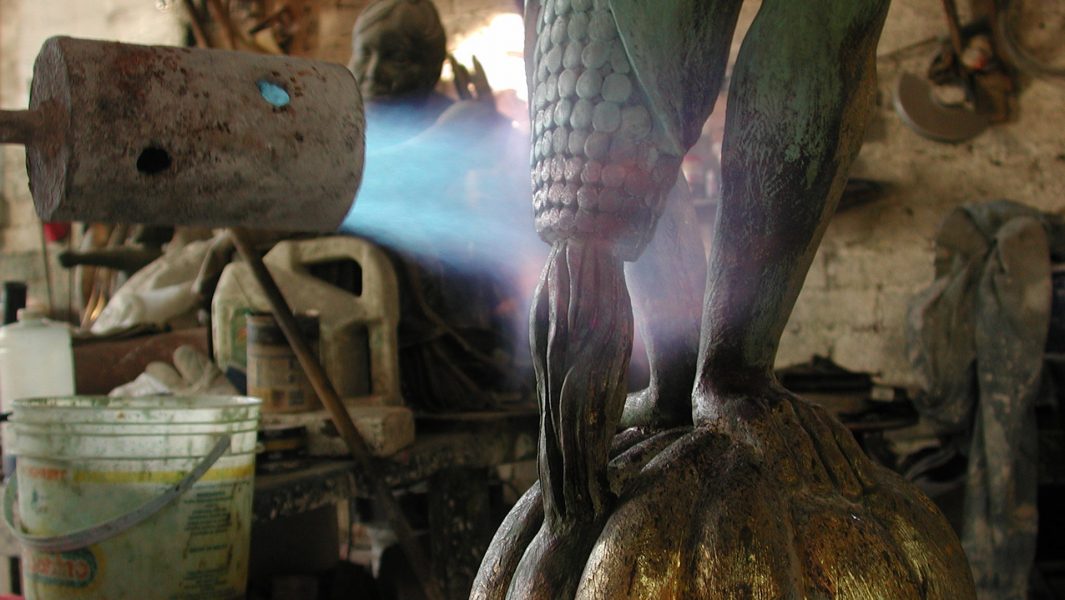
A great teamwork.
Isolation is an indispensable factor for the creative work. In visual arts regularly when an idea begins to take shape this condition turns out to be very favorable.
This determines some artists to be introspective and individualistic. Our world becomes strange and the work we do tends to be somewhat jealous, always looking for recognition within the community of creators.
This factor usually breaks down when the work to be done requires more hands other than the creator’s, to carry out the production of an artistic series or monumental works, like in graphic edition techniques or the execution of murals or monuments.
In my experience, working as a group is very enriching. Once the idea is forged in a sketch or model, it is wonderful to have expert hands to accompany you in the technical processes of creation.
The sculptural work usually demands extra hands to reach its concrete reality, and it is here where, throughout my life as an artist, I have found instruction and support in the processes of bronze casting.
The casting process, as vast and demanding as it is, requires a great team. The task of a specialized caster is indispensable to give shape to our dreams as artists, and it is they who with their expert hands are in charge of the arduous process that requires the casting of bronze and casting in lost wax molds.
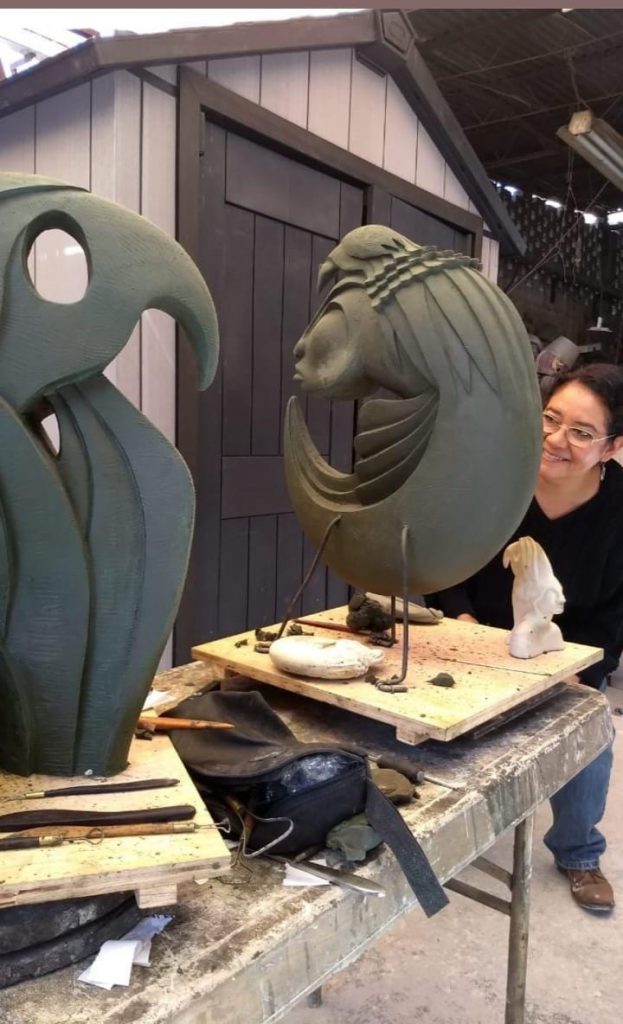
Thanks to the learning that I have acquired by accompanying these processes, the casting work has unified me as a creator. I can work on things that, because of the weight of the materials, would be impossible to do by myself, even with the knowledge I have in the field.
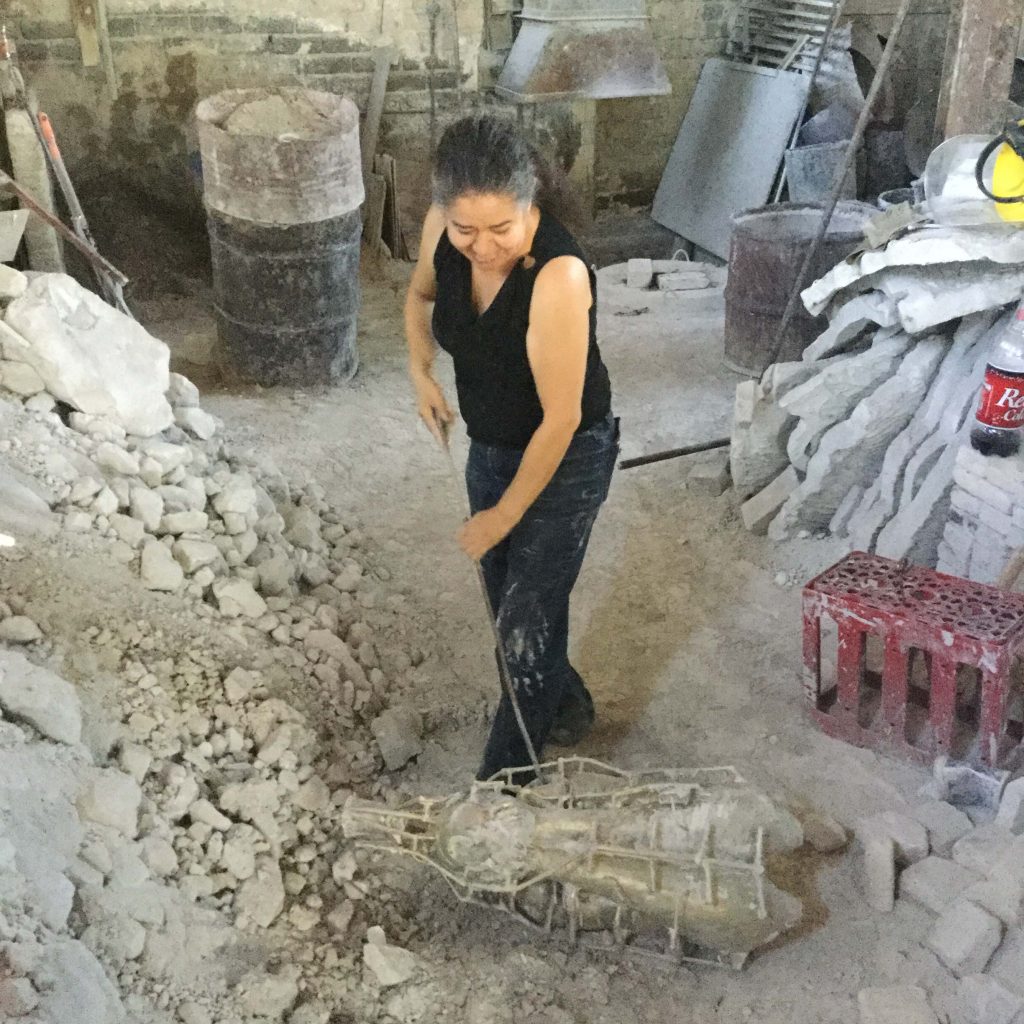
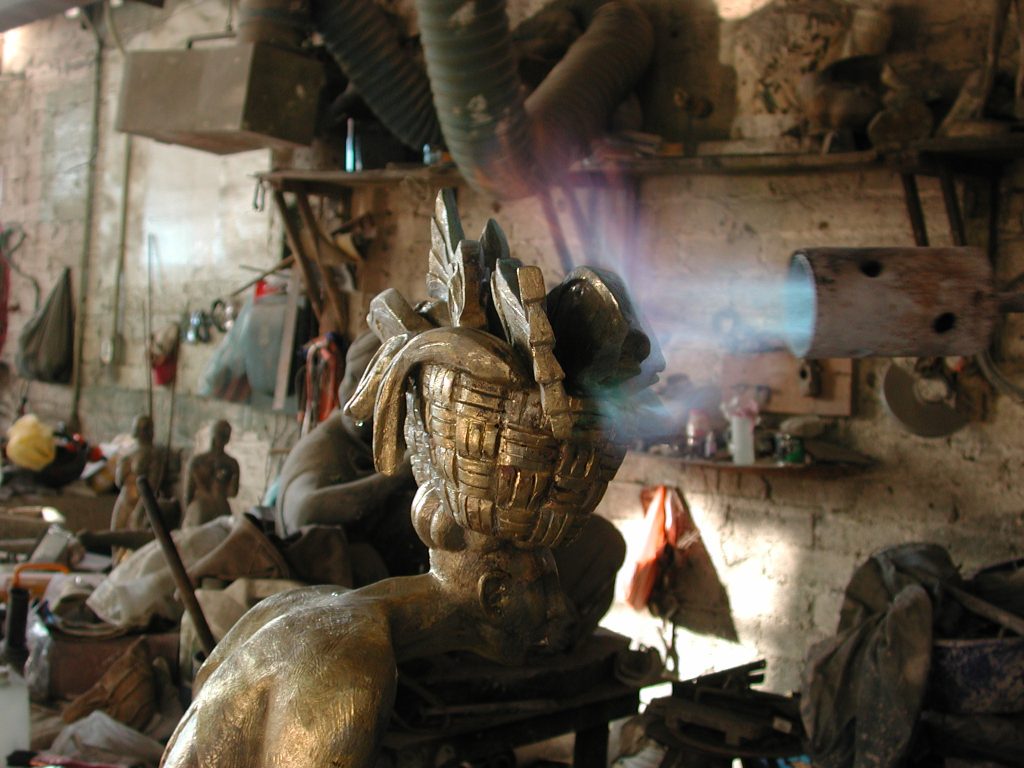
The way to make a sculpture, technically speaking, is usually very complicated. In the following lines I will describe this process in broad strokes.
Once the piece has been modeled in plasticine, I usually do a first molding in plaster. With this mold, I turn my piece into resin with fiberglass. This material allows me to refine details in a more permanent and perfect way, being able to manipulate it easily. The plaster mold will be lost when it is broken to remove the resin part.
The next step is to make a silicone mold of this piece. This will be done in parts so that it can be opened and closed, to pour the piece in wax and prepare it for casting. The piece is hollowed by placing internal supports in the parts where the piece may have contractions at the time of pouring the molten metal. A network of wax lines will converge in a wax cup, in order to ensure that the metal reaches the most intricate parts and to ensure the exit of air when the bronze flows.
The next step is to wrap the piece; this is done in an asbestos tank, covering the sculpture with a mixture of plaster and silica sand. This mixture will cover the entire piece and we will only see the wax cup at the top of the container. Once the mixture has set, the container will be placed in reverse position and a furnace will be made to measure with refractory bricks around the container, leaving peepholes to put fire with blowtorches and make the wax disappear from the inside.
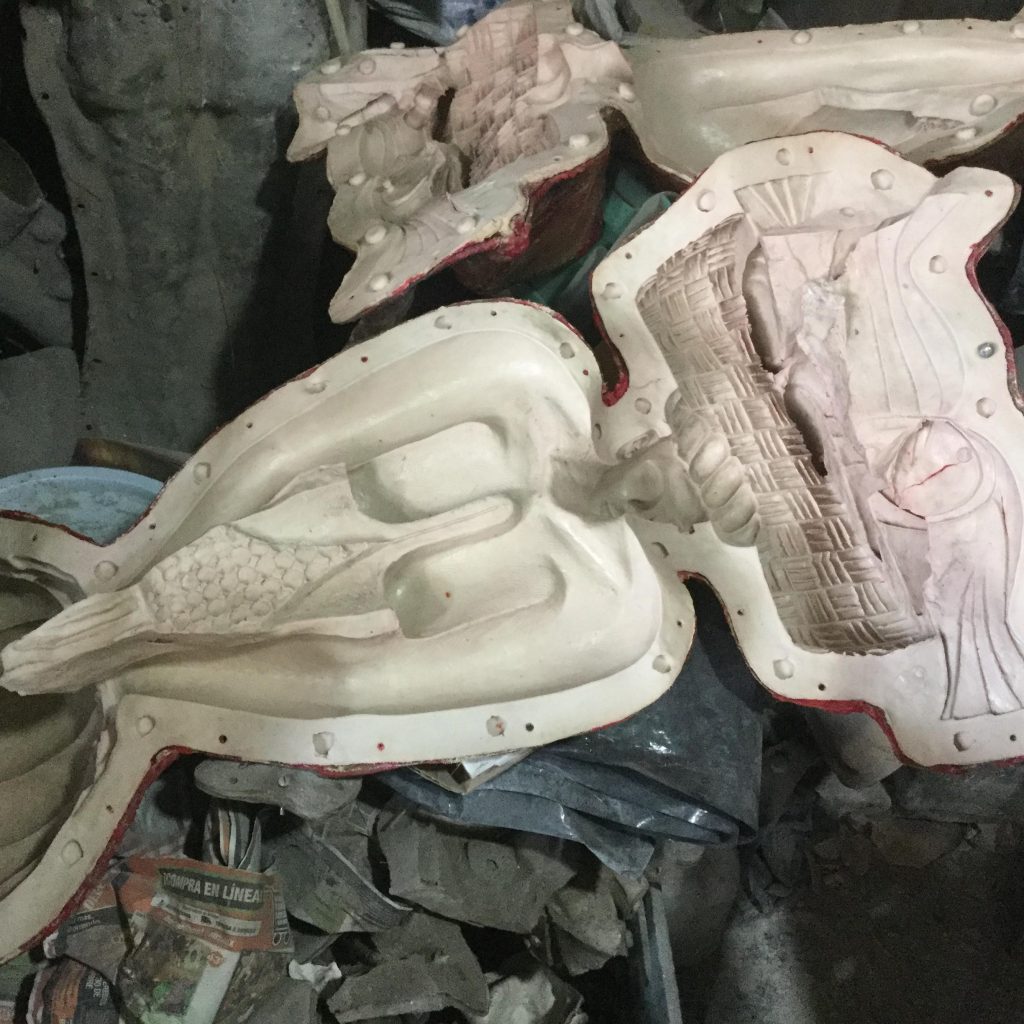
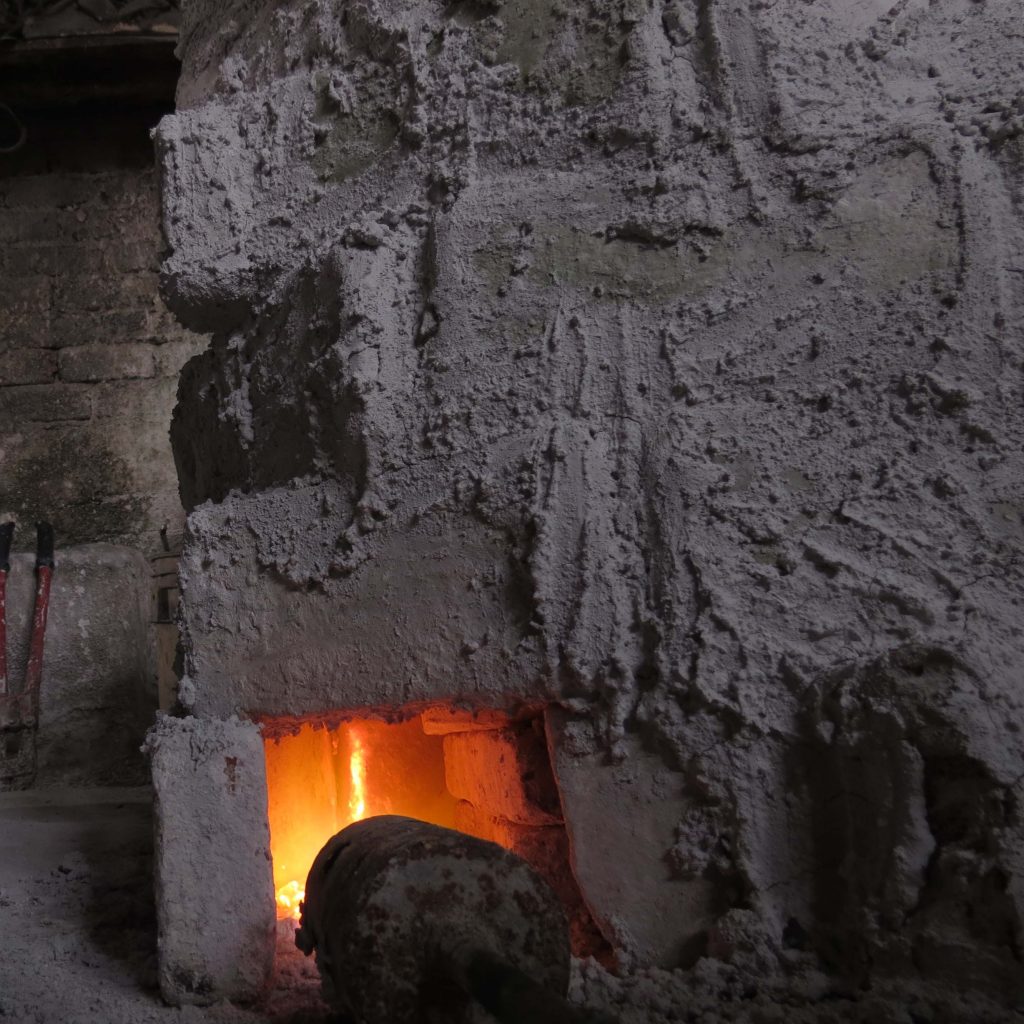
Afterwards, we will turn the container upside down and prepare a wall with sand under pressure around the container, this, in order to support the pressure that the metal will exert when it enters the piece. In this way, the hot metal will finally be emptied through the hole left by the wax cup.
When the sculpture cools, the next step will be to remove the wrapping material and cut the bronze lines that formed the access network and air outlets. Then we proceed to clean and the parts will be welded in the case of a large piece.
The last step will be to give the final patina or oxidation finish using chemicals and heat.
The description of the process falls far short of the experience and thrill of executing each stage of this adventure. The labor of my team leads me to make such a strong connection, that my work also becomes theirs.
The energy that moves among everyone and the dedication with which this work is carried out, makes us obtain wonderful sculptures that clearly project what I, as the author, want to say to my collectors and to the public that sees them.
Thanks to the team.
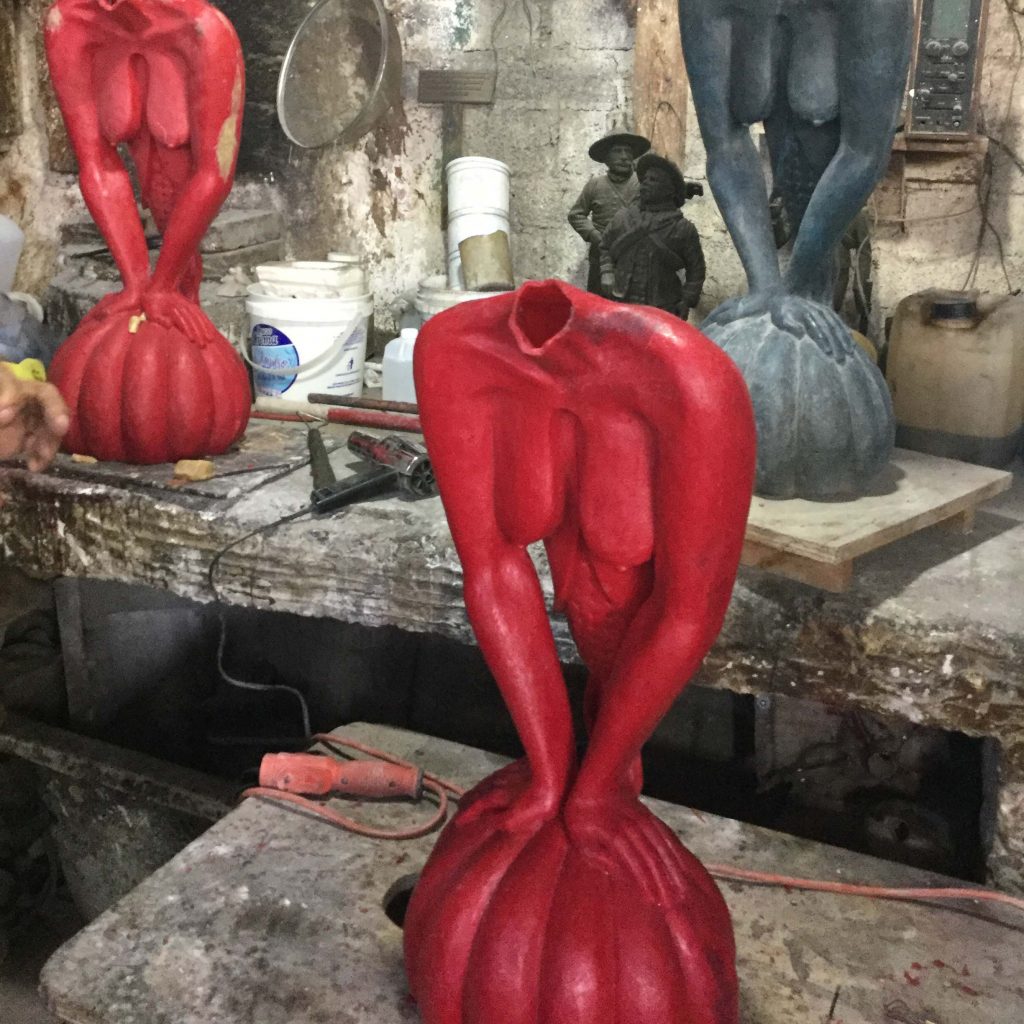
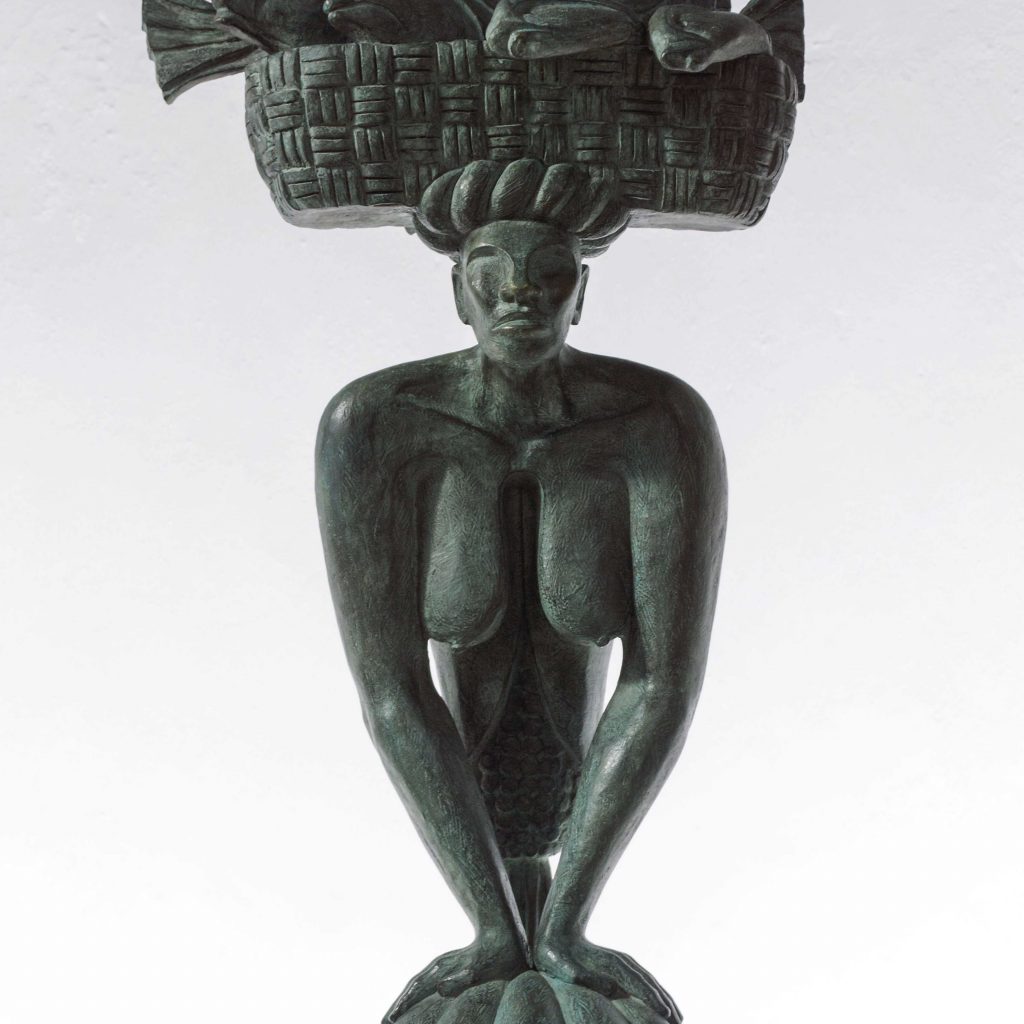
Subscribe to discover exhibitions, events, and more